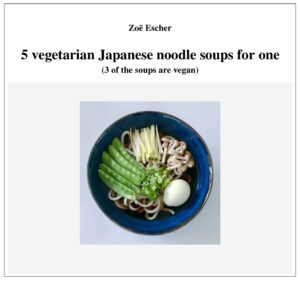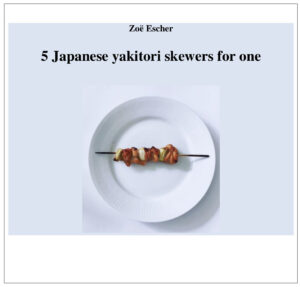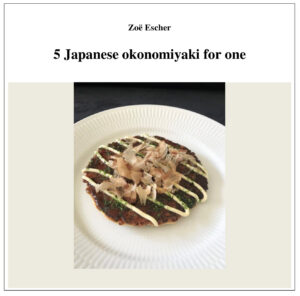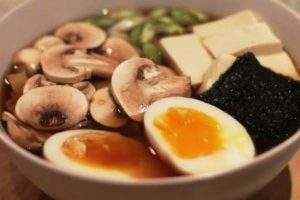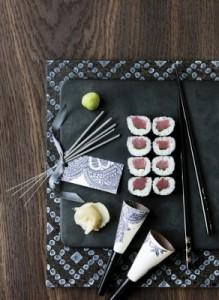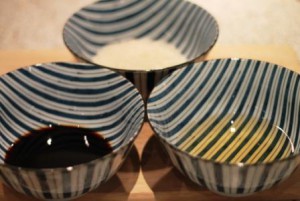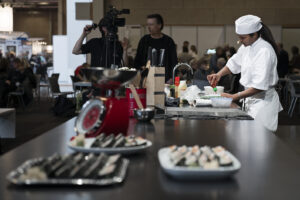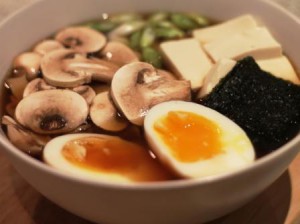In Japan, there are several different kinds of noodle soups.
The most popular noodle soup is ramen soup. It is a soup that is sold from many small noodle bars in Tokyo.
What makes the little noodle bars so popular is that they are everywhere and easily accessible.
It does not take many minutes from placing an order to serving a bowl of hot ramen soup.
What makes the Japanese noodle bars unique is that the individual noodle bars have their own recipe. Some recipes have gone through generations and have been refined to perfection.
On the noodle soup course for beginners you will learn how to make 2 different noodle soups from scratch. One of them is the ramen soup that will taste like the ones being served in Tokyo.
Read more about Noodle soup course for beginners
_
Zoë has lectured and held sushi courses for A. P. Moller – Maersk, Hugo Boss Nordic, Novo Nordisk, Novartis, Velux, Gorrissen Federspiel, Beierholm revision, Elbek & Vejrup and many more.


